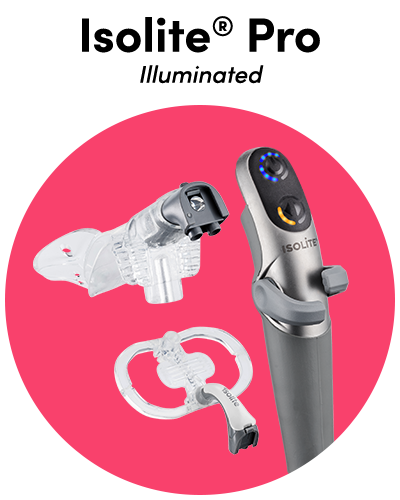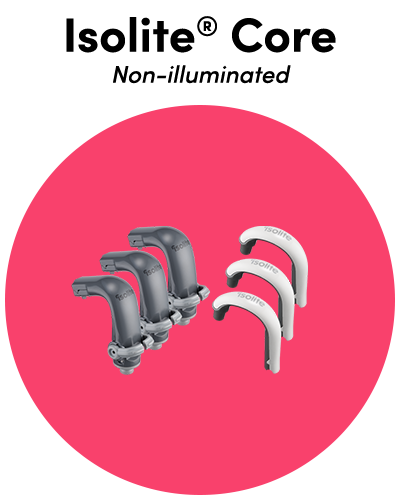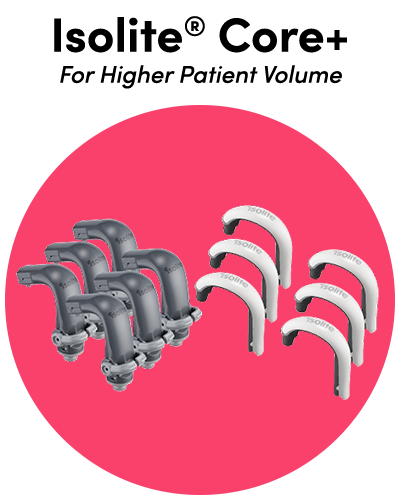Video Transcript
Hi, I'm Dr. Thomas Hirsch and today we're going to be working on a couple of crowns on 14 and 15. Number 14 has some decay on the margin and there was definitely an open contact between 14 and 15. 14 was sparking like a son of a gun as we kept hitting the pin with a donut diamond, so we got sparks flying everywhere.
Number 15 has the failing root canal. It looks like there was a missed mesial buccal canal two, it's perforating into the sinus, he's got some thickening of the membrane on the floor of the sinus, we're going to be using the Sirona Cerec machine in doing the restoration, both the imaging for the impression and also constructing the crown on our mcx milling machine. We prepped the tooth, we took our optical impression and we're able to do all of the imaging without powdering.
We did our initial imaging, then we cut out tooth number 14. We utilize the Isolite because we can go ahead and it just made the procedure go a whole lot smoother and a whole lot faster.
I can concentrate on what I was doing and didn't have to worry about anything going down the throat. I didn't have to have my assistant in the mouth evacuating it off. All the water that we're using was evacuated without any additional suctioning from my assistant, so I feel really comfortable letting my assistant go to another room.
If I was doing this without an Isolite, it's a lot more work, more personnel. You need to be much more concerned about the safety of the patient when you're not utilizing an Isolite as when you are utilizing an Isolite. It's just nice and it's a great feeling knowing that you're safe and you don't, you just take one worry out of the office that day.
 (800) 560-6066
(800) 560-6066


